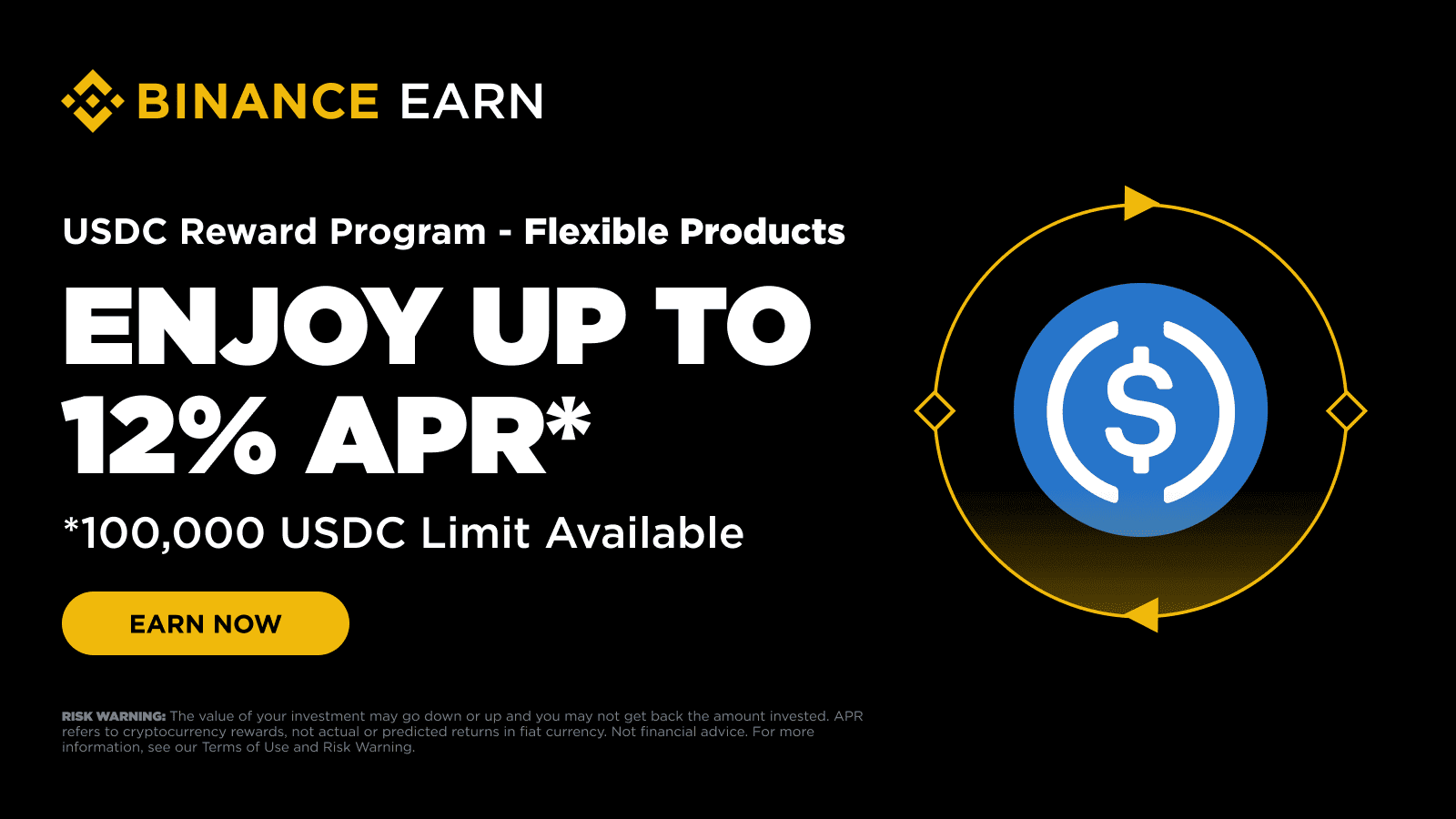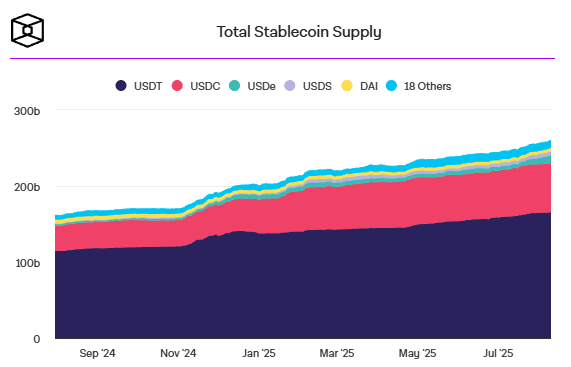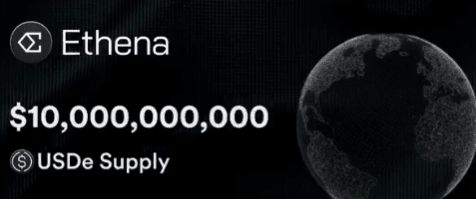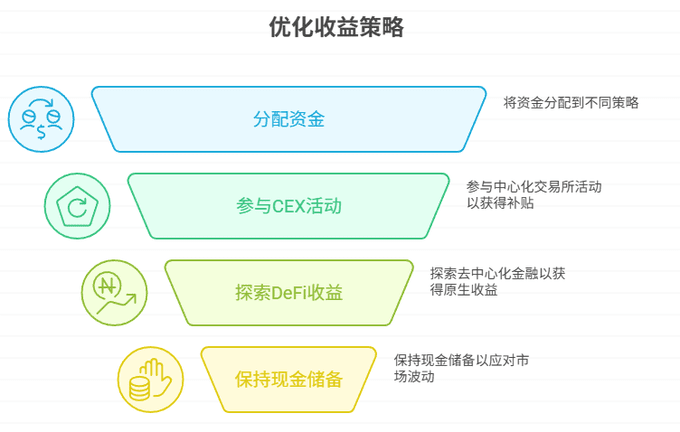[Binance - 12% subsidy, my thoughts on stablecoins]
The whole article is without ads, feel free to browse.
Binance offers flexible deposits for USDC with a 'maximum of 12% APR', first come, first served, rewards issued daily. This made me reflect:
—— Even for the leading stablecoin, a price war is necessary to shape user perception.

Today, I carefully considered the path for stablecoins, simply extending the following points as a starting discussion.
1. Composition of stablecoins in the market
(1) US Treasury-backed stablecoins (USDT, USDC, etc.), using short-term debt interest as the base margin, and pulling out the interest for short-term subsidies during activities.
(2) Hedged earnings - synthetic dollars (USDE, etc.), going long on spot/staked assets while shorting perpetuals, benefiting from positive funding rates and price differences. As the scale increases, the funding rates will be squeezed; this type of earnings is inherently 'cyclical'.
(3) Crypto-native basis, arbitraging synthetic dollars (USDf, etc.), increasing self-earnings through more hedging strategies, cross-exchange arbitrage, etc.
(4) Compliance processes, transferring stablecoins.

2. Winning points: Scenarios > Brands > Interest rates
(1) CEX, most users in the crypto space are still accustomed to using exchanges, which can provide subsidies and fee reductions at any time; what users want is an experience that is 'easy to use + instant settlement'.
(2) On-chain, on-chain assets have an inherent ability to generate earnings due to the nature of DeFi, and the size of the earning APR is the core competitiveness of each stablecoin.
(3) Next is scale and time; under first-mover advantage and market cooperation, USDE has already squeezed the survival space of other synthetic dollars.
However, even though USDE has become the third-largest stablecoin, its trading attributes are still completely inferior to USDC and USDT; last year, USDE collaborated with several exchanges to hold a 0-fee trading event for USDE trading pairs, but the effect was minimal.

3. What should users and project parties do?
User:
First, it's important to understand that the 12% is considered an activity subsidy; the benefits from subsidies are not the norm based on quotas and duration.
Secondly, properly tier the earnings, isolate positions, with one tier for CEX activities to receive subsidies, another for DeFi to obtain 'native earnings', and keep a cash tier for volatility.
Project party:
First, stablecoin projects should focus on essential scenarios: collateral, margin, and liquidation as priorities, rather than 'narratives';
Secondly, turn 'earnings products' into 'infrastructure': hedging routes, risk control dashboards, and earnings smoothing should be modular and reusable.
Ideally, collaboration should prioritize liquidation and custody partners, providing more dashboards and interfaces to increase modular possibilities.

4. Conclusion
The 12% subsidy is just the beginning. The competitive edge of stablecoins is no longer just 'stability', but 'stability + profit-sharing + scenarios'. The more benefits project parties provide, the more users will gain, leading to higher market shares.
Moving forward, the subsidy war among various project parties will continue, but 'transparency and risk control measures' are essential for scaling up.
End of article.